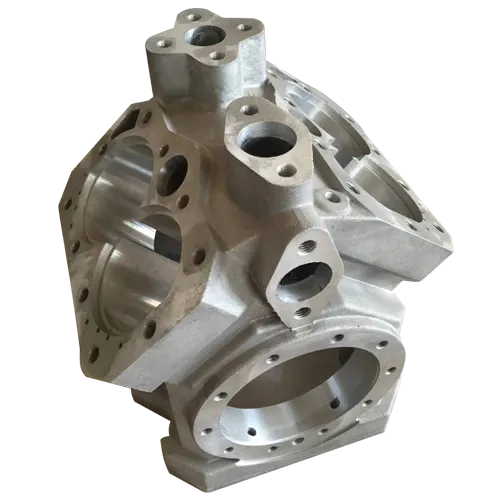Mobile:+86-311-808-126-83
Email:info@ydcastings.com
Italian
Design and Performance Analysis of Straight Vane Impellers in Fluid Dynamics Applications
The Straight Vane Impeller An Overview
In the realm of fluid dynamics and mechanical engineering, the design and functionality of impellers play a crucial role in various applications, particularly in pumps and turbines. Among the myriad types of impellers, the straight vane impeller stands out due to its unique characteristics and advantages in specific operational contexts.
A straight vane impeller consists of a series of blades that are arranged in a straight configuration, typically mounted on a central hub. This design contrasts with other impeller designs, such as curved or angled vanes. The straight vane configuration allows for a more straightforward flow path, which can significantly influence the performance of the machinery it is integrated into.
One of the primary advantages of straight vane impellers is their efficiency in moving fluid. The straight blades contribute to a uniform flow pattern, which minimizes turbulence and energy loss during operation. This characteristic makes them particularly effective for applications that require consistent and predictable fluid movement, such as in water treatment facilities or cooling systems.
straight vane impeller

Another noteworthy benefit of straight vane impellers is their ability to handle various flow rates and conditions. The blade design can be optimized to ensure stable operation across different scenarios, allowing for flexibility in usage. Whether the application involves low or high flow rates, straight vane impellers can be engineered to maintain performance, making them a versatile choice for engineers.
In addition to efficiency and versatility, straight vane impellers are relatively easy to manufacture and maintain. The simple linear design of the blades often means easier fabrication processes, leading to reduced production costs. Furthermore, maintenance is simplified due to the straightforward geometry, allowing for easier access to the impeller during inspections or repairs. This can lead to lower operational downtime in industries where reliability is paramount.
However, the straight vane impeller is not without its limitations. While it excels in certain applications, it may not perform as well in situations requiring significant pressure increases or high rotational speeds. The lack of curvature in the blades can limit the impeller's ability to generate the high head necessary for some specific applications, such as certain types of centrifugal pumps. Therefore, engineers must carefully consider the intended application when selecting the type of impeller to use.
In summary, the straight vane impeller offers numerous advantages that make it a valuable component in fluid dynamics systems. Its efficient, low-turbulence flow characteristics, ease of manufacture, and adaptability to various operating conditions make it a popular choice in many engineering applications. However, its limitations in high-pressure scenarios remind us of the importance of tailored solutions in engineering design. As technology continues to advance, the straight vane impeller will likely remain an important fixture in the world of pumps, turbines, and other fluid systems, continually evolving to meet the demands of modern engineering challenges.











